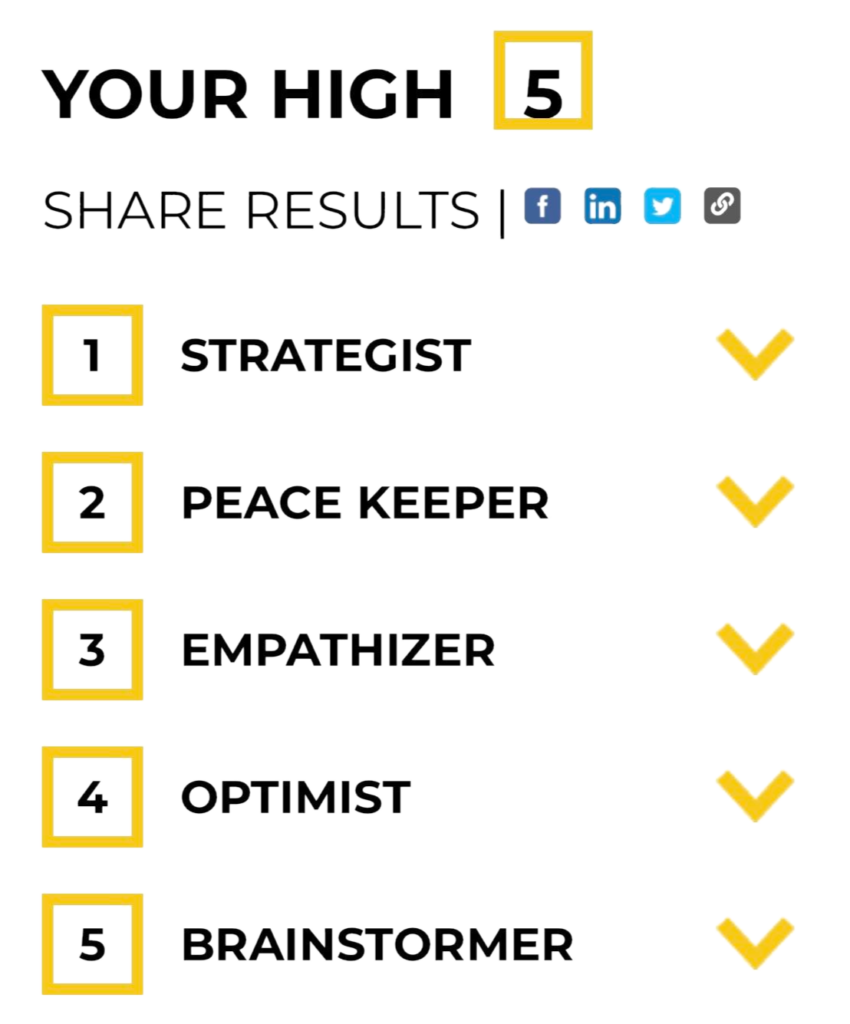Dedicated to Dr. Marijo Russell O’Grady, Dyson College Dean of Students (RIP 08/08/20), Prof. Patricia Mary Lucas, Political Science THE Mary Louis Academy & St. John’s University (RIP 09/08/18) and to all the great mentors and advocates who have helped and inspired out team and many others.






